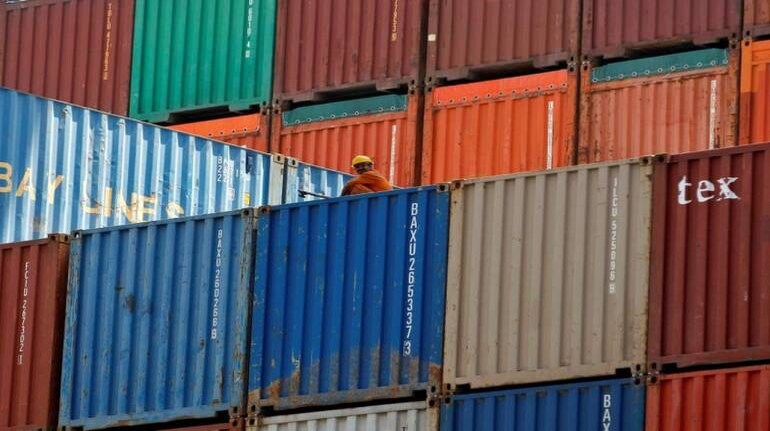
Major ports in India, which handle more than half of the country's seaborne trade, had a nearly 20 percent fall in traffic during the quarter ended June, the Indian Ports Association (IPA) said, as coronavirus lockdowns slowed economic activity.
India's twelve state-run major ports handled 141.9 million tonnes of shipments in the quarter ended June 30, compared with 176.7 million tonnes the previous year, the IPA data showed.
The handling of major types of shipments such as crude oil, coal and containers fell, except for iron ore and fertilizers, the data showed.
The data showed that iron ore traffic rose 18.83 percent in the quarter, which Atul Kulkarni, an analyst at CRU Group, said was a result of higher exports due to weak local demand for steel and clearance of stockpiles by miners in Goa.
"Exports will be lower for the rest of the year, as local demand increases and global logistics and supply of iron ore improves," Kulkarni said.
Thermal coal imports fell nearly 35 percent due to reduced power demand, while coking coal demand fell 29 percent as local demand and production of steel fell. Major ports make up 20-25 percent of India's annual imports of the fuel.
Five of the 12 ports handled 63 percent of all shipments, IPA said, with Paradip on the east coast handling the highest traffic.
Discover the latest business news, Sensex, and Nifty updates. Obtain Personal Finance insights, tax queries, and expert opinions on Moneycontrol or download the Moneycontrol App to stay updated!